The American Museum of Natural History celebrates animal jewellery
A new exhibition, Beautiful Creatures, marks the opening of the new Allison and Roberto Mignone Halls of Gems and Minerals
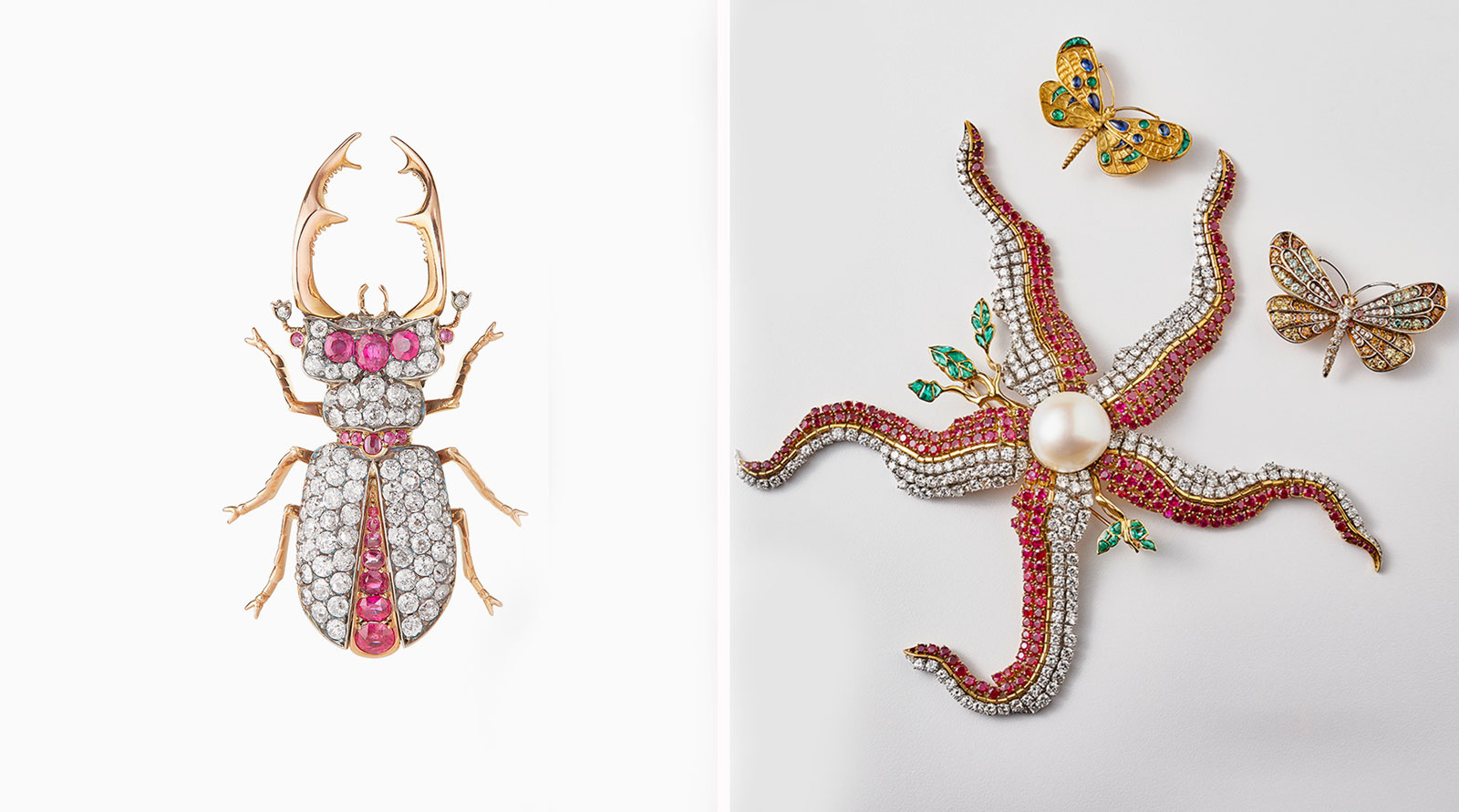
The American Museum of Natural History is marking the opening of the redesigned Allison and Roberto Mignone Halls of Gems and Minerals with a new exhibition. Beautiful Creatures, curated by jewellery historian Marion Fasel, looks at how animals have inspired jewellers, from Cartier’s panthers to Boucheron’s 19th century stag beetle brooch.
Fasel’s curation encompasses contemporary jewellery dating from the last 150 years, in line with the museum’s recent celebration of their 150 year anniversary. Her criteria for inclusion ensures an eclectic selection: ‘All the animals included had to be full-bodied and appear somewhere in the museum,’ she says. ‘There are no barnyard or domestic animals or animals dressed as people, which is a whimsical subgenre of animal jewellery.’
Fasel was also keen to include jewellery which revealed its context, looking at what the jewellery can tell us about the wider world. ‘Perhaps most important of all, every jewel had to reflect a cultural tide, historical event, gem discovery or advancement in jewellery technology. For example, the wings on the dragonfly designed by Julia Munson under the direction of Louis Comfort Tiffany in 1904 is a virtuoso display of early platinum work in jewelry. The birds made by French jewellers during the World War II occupation of Paris were symbols of hope and freedom. Fish brooches created from the Twenties through the 1950s by American jewellers reflected the popularity of the sport.’
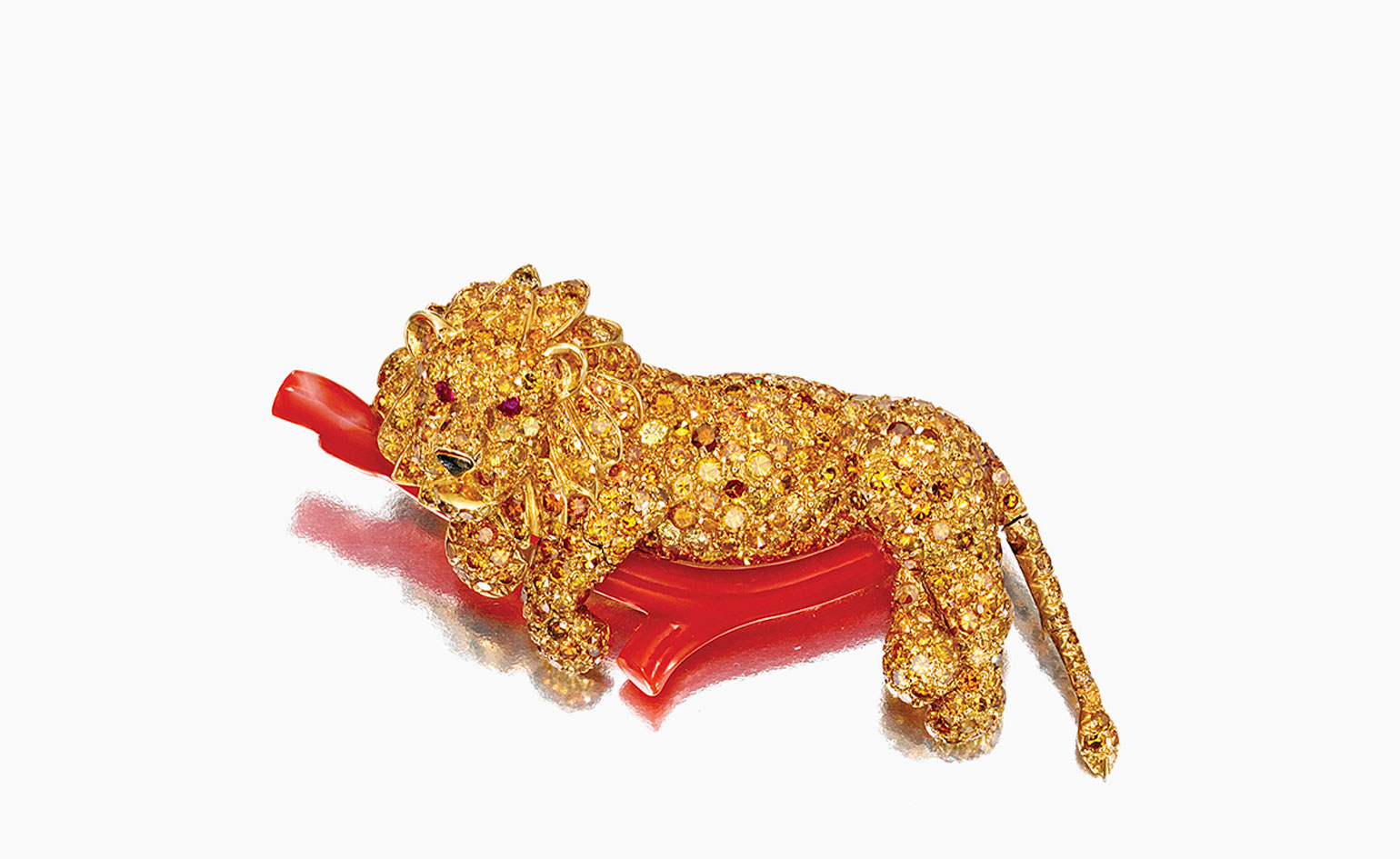
Van Cleef & Arpels lion brooch from the collection of philanthropist Brooke Astor, whose patronage of the New York Public Library has led to speculation that the piece might have been a nod to the marble lion statues that flank the main branch’s entrance on Fifth Avenue.
Pieces by Bulgari and Van Cleef & Arpels join more contemporary designers such as Bina Goenka in the exhibition which marks the opening of the new space. Alongside the temporary exhibition gallery, it will also encompass a gallery of gems including the magnificent 563-carat ‘Star of India’ sapphire and new pieces such as the two of the largest amethyst geodes which are on display.
Exhibitions will explore how the conditions of our planet have enabled such a vast array of mineral species - it is fitting, therefore, that Fasel’s preoccupation with the natural world is the first at the temporary exhibition space, a fascination she shares with the jewellers. ‘The insects act as a canvas for artistic expression,’ she says. ‘Looking at a kaleidoscope of butterfly jewels, all designs within essentially the same outline, beautifully demonstrate how jewellery techniques and the style for and available supply of gemstones have evolved.’
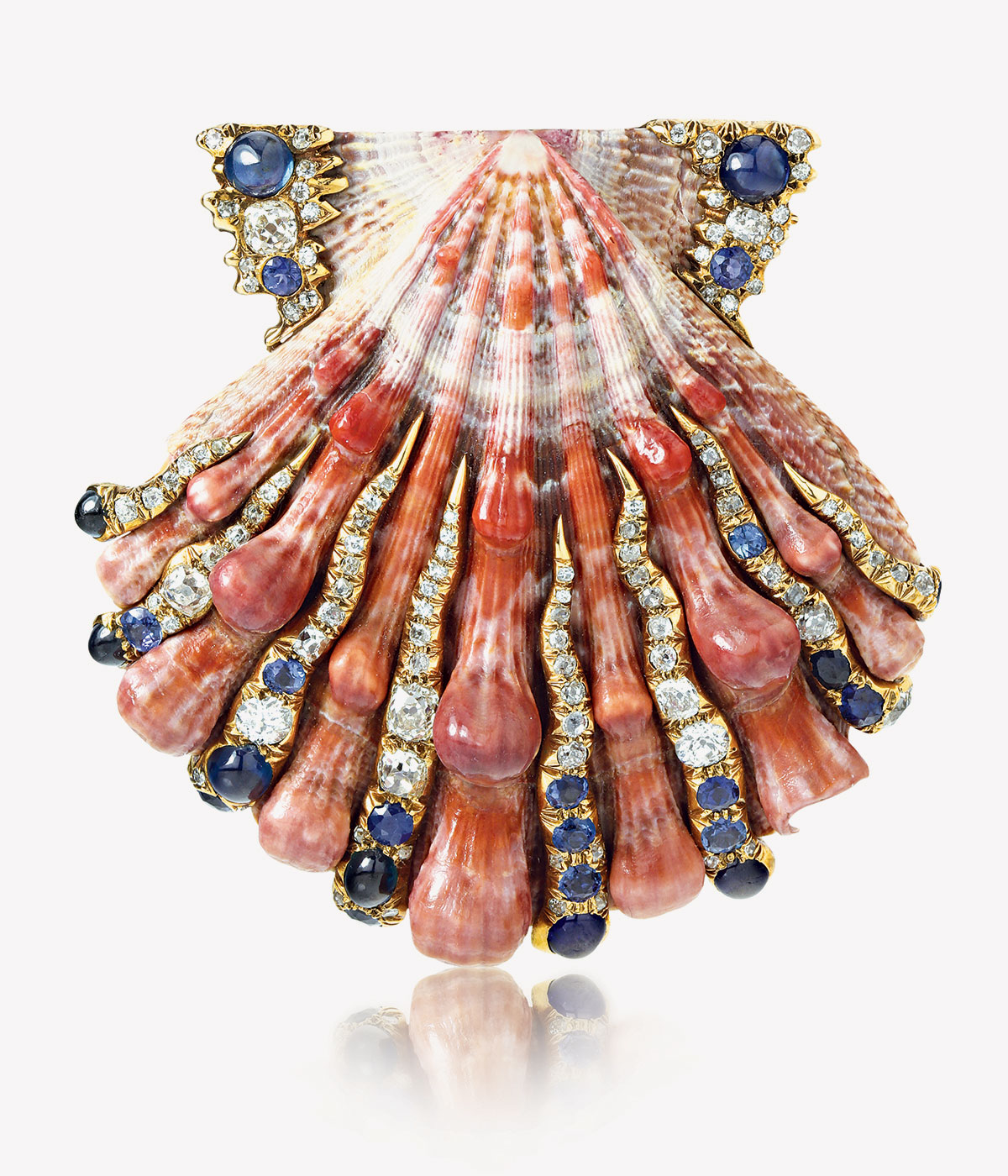
This Verdura lion’s paw shell brooch was made from lion’s paw scallops purchased by the Italian designer Duke Fulco di Verdura in the Museum’s gift shop in 1940.

Suzanne Belperron butterfly brooch © Belperron
INFORMATION
amnh.org
Receive our daily digest of inspiration, escapism and design stories from around the world direct to your inbox.
Hannah Silver is the Art, Culture, Watches & Jewellery Editor of Wallpaper*. Since joining in 2019, she has overseen offbeat art trends and conducted in-depth profiles, as well as writing and commissioning extensively across the worlds of culture and luxury. She enjoys travelling, visiting artists' studios and viewing exhibitions around the world, and has interviewed artists and designers including Maggi Hambling, William Kentridge, Jonathan Anderson, Chantal Joffe, Lubaina Himid, Tilda Swinton and Mickalene Thomas.
-
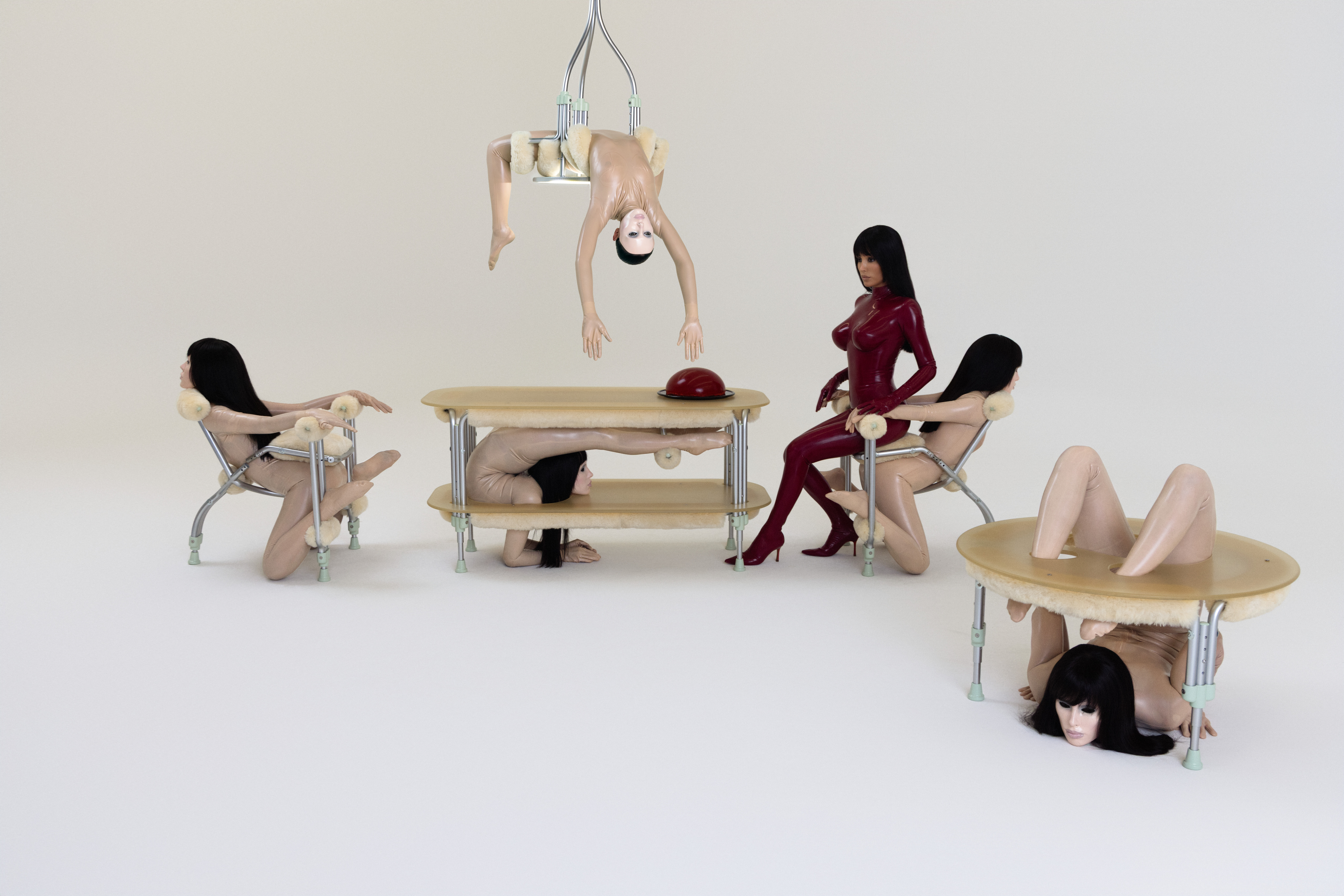 Eight questions for Bianca Censori, as she unveils her debut performance
Eight questions for Bianca Censori, as she unveils her debut performanceBianca Censori has presented her first exhibition and performance, BIO POP, in Seoul, South Korea
-
 How to elevate a rental with minimal interventions? Charu Gandhi has nailed it with her London home
How to elevate a rental with minimal interventions? Charu Gandhi has nailed it with her London homeFocus on key spaces, work with inherited details, and go big on colour and texture, says Gandhi, an interior designer set on beautifying her tired rental
-
 These fashion books, all released in 2025, are the perfect gift for style fans
These fashion books, all released in 2025, are the perfect gift for style fansChosen by the Wallpaper* style editors to inspire, intrigue and delight, these visually enticing tomes for your fashion library span from lush surveys on Loewe and Louis Vuitton to the rebellious style of Rick Owens and Jean Paul Gaultier
-
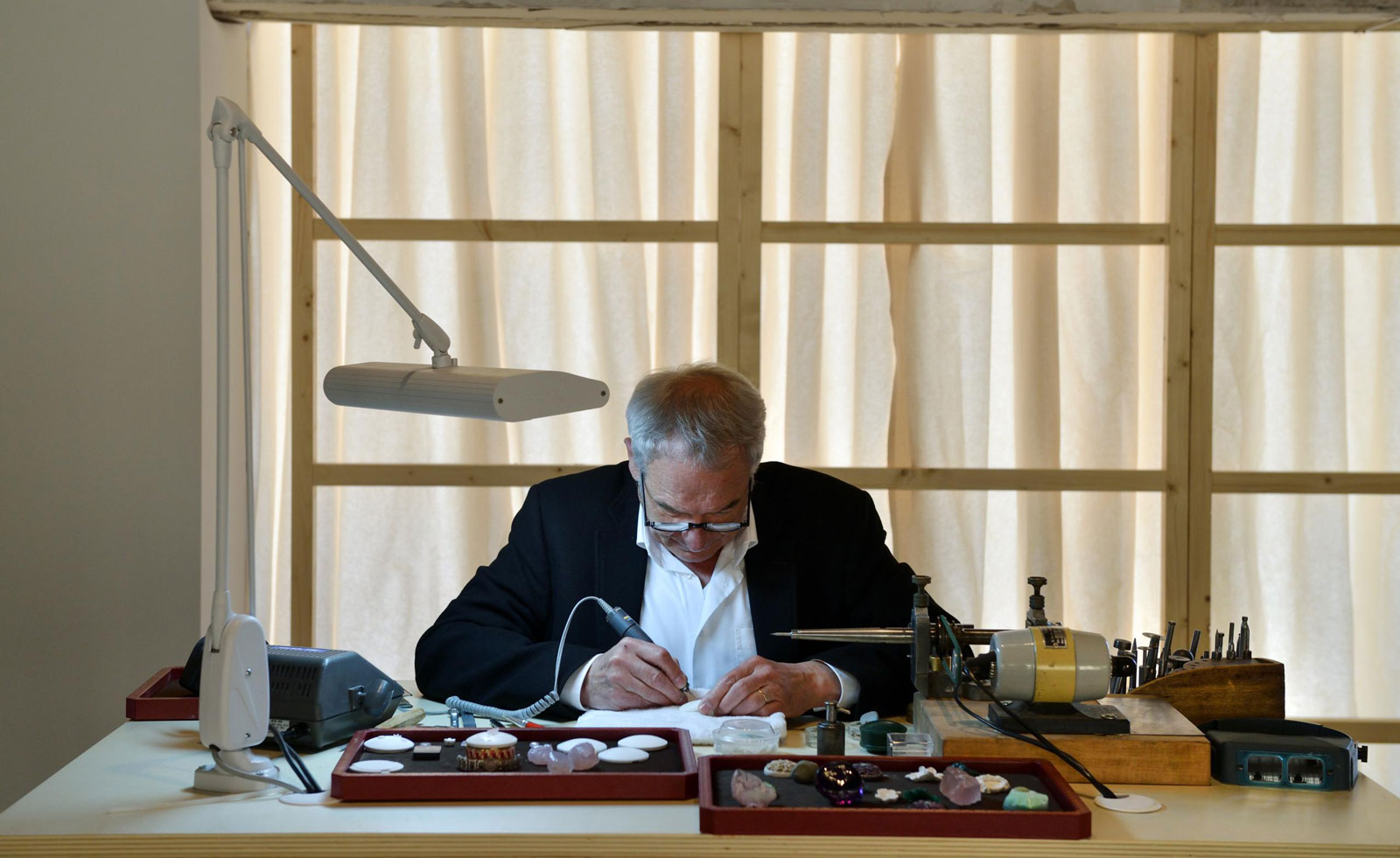 Cartier celebrates the art of craft in Venice
Cartier celebrates the art of craft in VeniceCartier has created a unique piece for Homo Faber 2022 that is at once jewellery and objet d’art
-
 Cartier high jewellery watches encompass playful design codes
Cartier high jewellery watches encompass playful design codesThe Indomptables de Cartier watch collection draws on Cartier’s history of incorporating animals into iconic designs
-
 Make a statement with these high jewellery brooches
Make a statement with these high jewellery broochesIn honour of Madeleine Albright (1937 – 2022), who as US secretary of state frequently communicated her diplomatic intentions through a vast collection of brooches, we revisit an exquisite array of high jewellery pieces, first featured in Wallpaper’s October 2016 issue
-
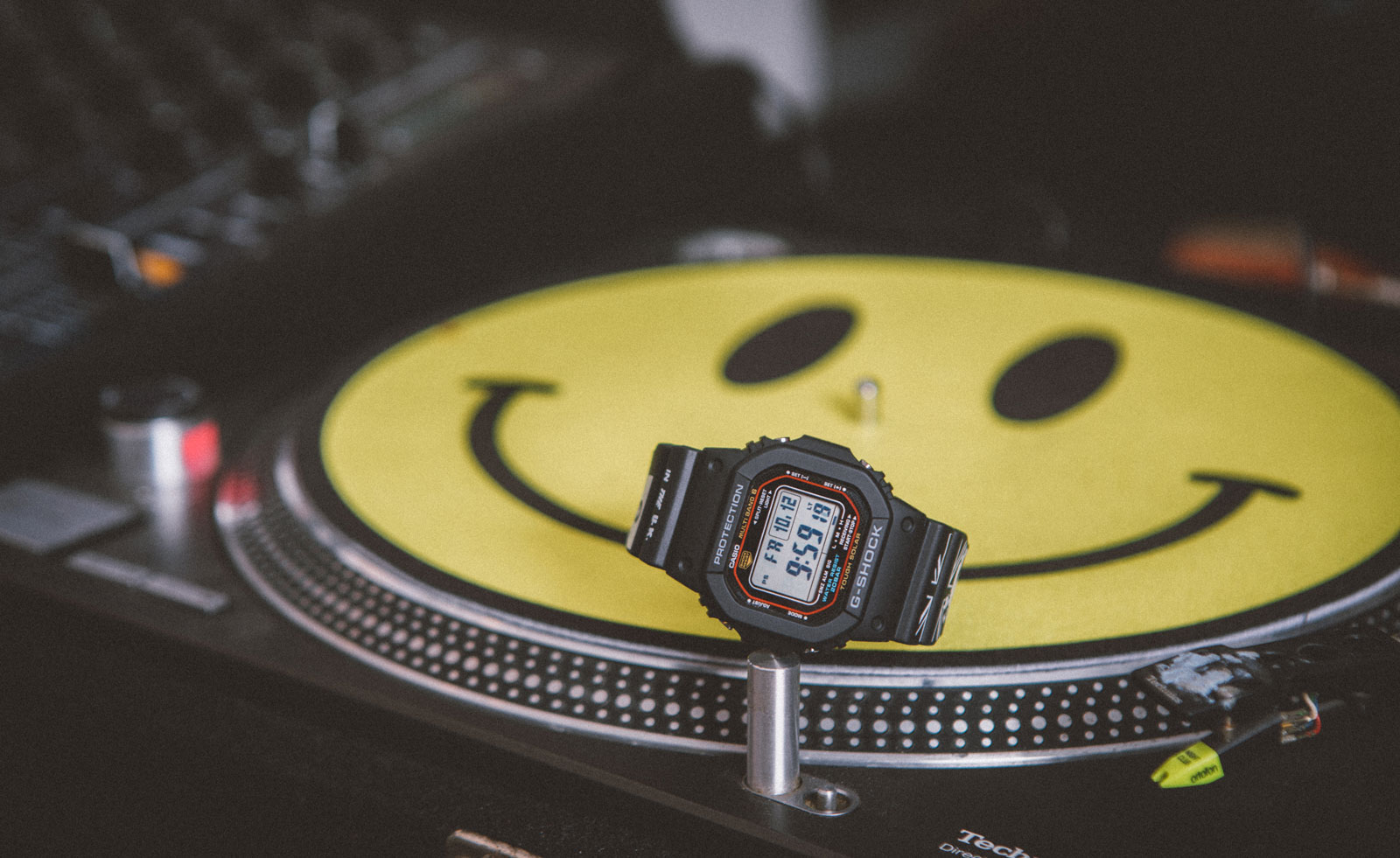 G-Shock marks 40 years of youth culture with limited-edition watch
G-Shock marks 40 years of youth culture with limited-edition watchG-Shock and the Museum of Youth Culture look to the archives for the new GW-M5610MOYC-1ER watch
-
 Cartier wins Best Glove Affair: Wallpaper* Design Awards 2022
Cartier wins Best Glove Affair: Wallpaper* Design Awards 2022The Cartier Clash [Un]Limited mitten watch, by Cartier, is crafted from supple rose gold mesh and set with nearly 1,600 diamonds
-
 Watches for men nod to sporty design codes
Watches for men nod to sporty design codesYou’ll see why we’re big on these sporty watches for men
-
 Cartier’s new watch pays tribute to the original 1920s bell-shaped design
Cartier’s new watch pays tribute to the original 1920s bell-shaped designThe Cartier Privé Cloche de Cartier has been unveiled as one of Cartier’s key watch launches of the year
-
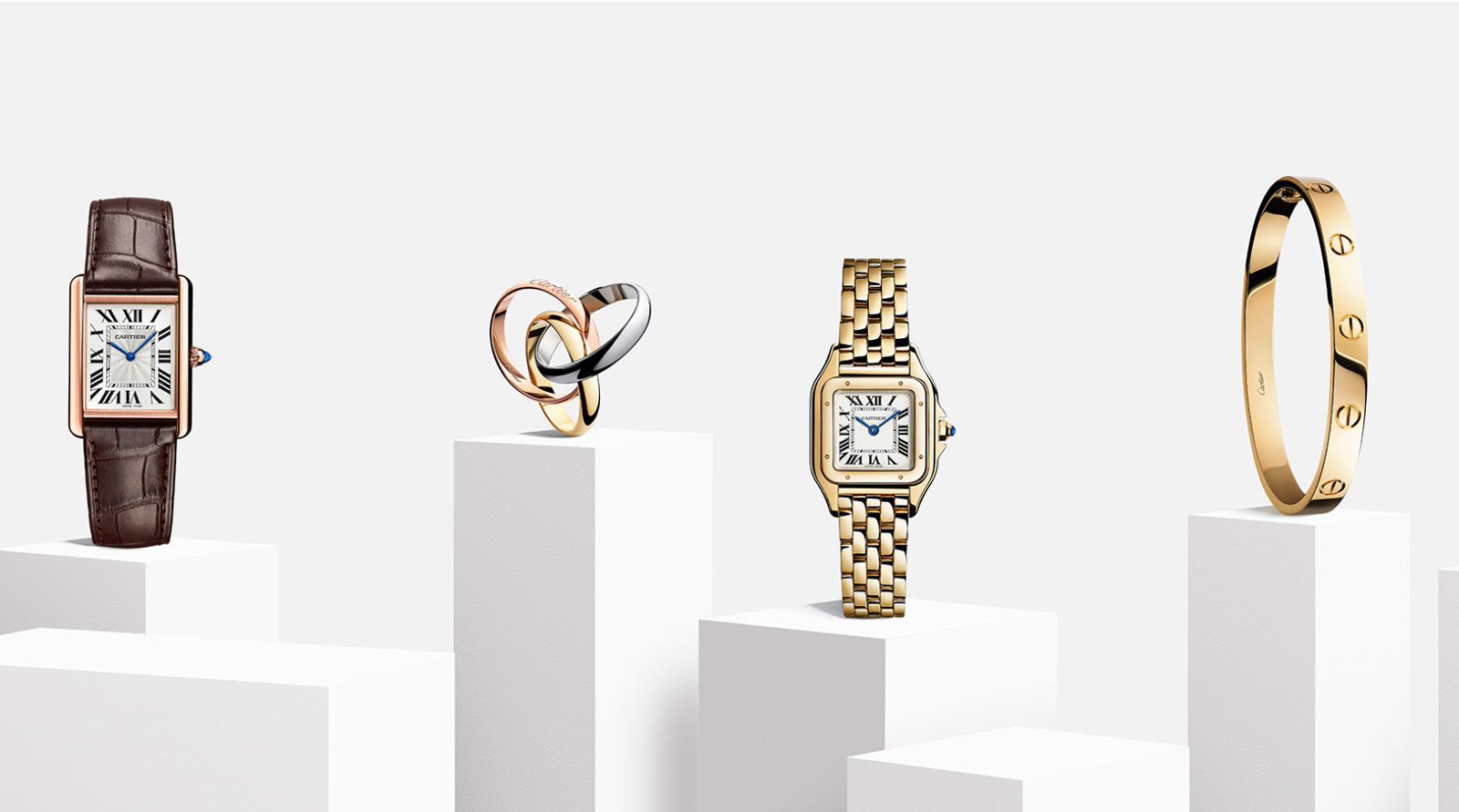 Cartier pays homage to its most iconic designs
Cartier pays homage to its most iconic designsThe Cartier Santos, Tank, Trinity, Love, Juste Un Clou, Panthère and Ballon Bleu jewellery and watch collections have been brought together for the first time